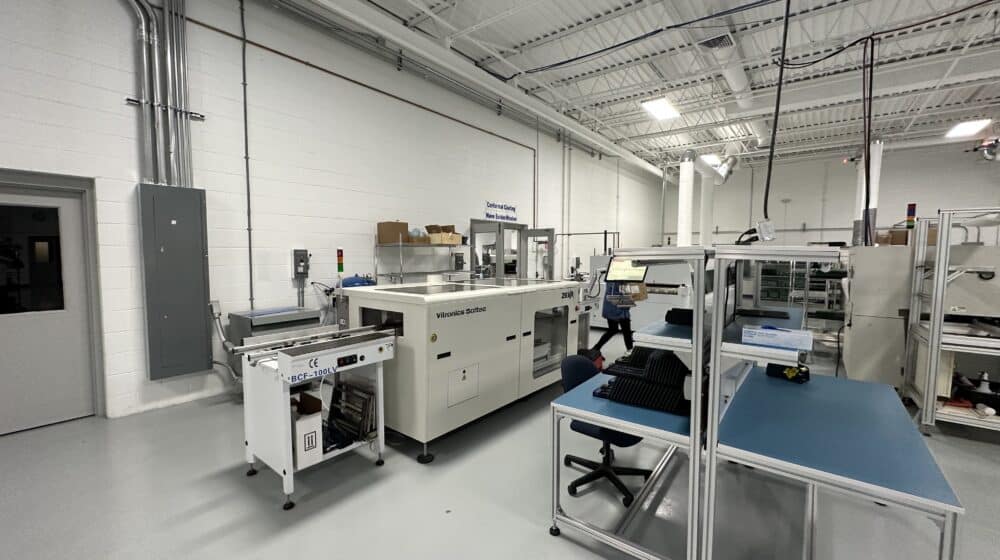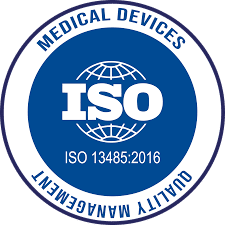In the intricate world of PCB (Printed Circuit Board) production, adhering to established standards is not merely a suggestion—it’s a necessity. These standards are the cornerstone of quality, reliability, and safety in PCB manufacturing. From design to assembly and testing, various standards and guidelines have been set to ensure that PCBs meet industry expectations. This article will illuminate the essential standards that govern PCB production, offering insights into the critical role they play in shaping the modern electronics landscape.
What are the standards for pcb production?
 IPC (Institute for Printed Circuits) Standards
IPC (Institute for Printed Circuits) Standards
The IPC is a primary organization responsible for setting global standards for the PCB industry. Key IPC standards include:
- IPC-A-600: Acceptability of Printed Boards – Sets the criteria for determining the acceptability of PCBs, including their dimensions, conductor spacing, and surface features.
- IPC-6012: Qualification and Performance Specification for Rigid Printed Boards – Outlines the requirements for rigid PCBs, including material properties, reliability, and performance.
- IPC-2221: Generic Standard on Printed Board Design – Covers design considerations, such as spacing, clearances, and trace widths.
 ISO (International Organization for Standardization) Standards
ISO (International Organization for Standardization) Standards
The ISO also plays a significant role in establishing quality standards for PCB manufacturing:
- ISO 9001: This general quality management standard ensures that PCB manufacturers maintain a comprehensive quality management system.
- ISO 13485: Pertinent to medical devices, this standard demands that PCBs used in medical equipment meet stringent quality and safety requirements.
- ISO 14001: For environmental management, PCB manufacturers must adhere to this standard to minimize their environmental impact.
Environmental Standards: RoHS and REACH
Regulations like RoHS (Restriction of Hazardous Substances) and REACH (Registration, Evaluation, Authorization, and Restriction of Chemicals) restrict the use of hazardous materials in PCB production. Compliance with these regulations is mandatory to ensure product safety and environmental responsibility.
UL (Underwriters Laboratories) Standards
UL certification is often required for PCBs used in specific applications, such as electrical equipment. Meeting UL standards signifies that the PCB is safe and suitable for use in specific environments and applications.
Military and Aerospace Standards
The military and aerospace industries have stringent standards for PCB production to ensure reliability in mission-critical applications. MIL-PRF-55110 and MIL-PRF-31032 are examples of standards used in these sectors.
Adherence to PCB Production Standards is a Must
The adherence to PCB production standards is not just about meeting requirements; it’s about guaranteeing the integrity of electronic devices, the safety of end-users, and the reliability of applications. These standards serve as a compass, guiding manufacturers to produce high-quality PCBs that meet the needs of a vast array of industries and applications. As technology continues to evolve, so do these standards, ensuring that PCBs remain at the forefront of innovation, safety, and quality in the electronics industry.


 IPC (Institute for Printed Circuits) Standards
IPC (Institute for Printed Circuits) Standards ISO (International Organization for Standardization) Standards
ISO (International Organization for Standardization) Standards